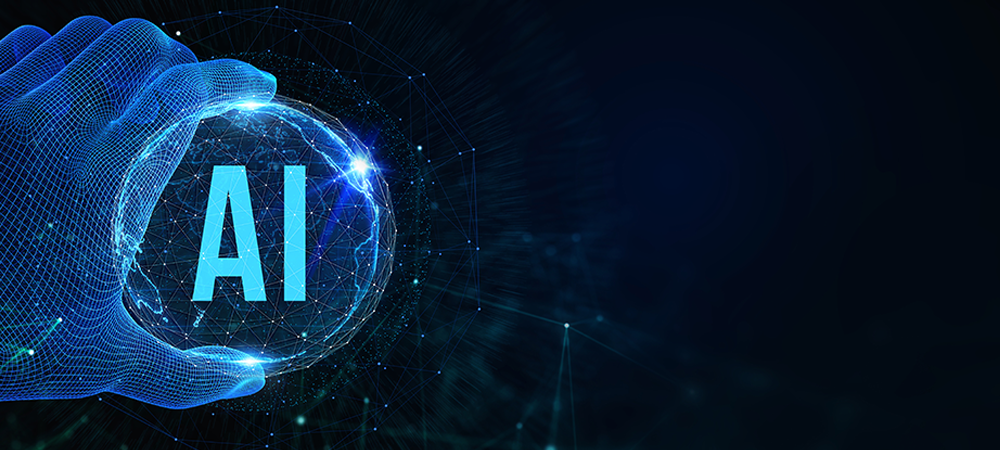We had a strong response to this question and one theme ran clear – the need for CIOs to serve as ‘educators’ in keeping AI real where so much of its application is defined by perception.
That leaves CIOs treading a fine line between promoting the business potential value of AI without fuelling accompanying fears.
One slip sends the CIO sprawling into that pit where paranoia feeds off … perception.
But the truth is, we’ve been here before. Lisp… Deep Blue… Watson…
The savvy CIO shouldn’t be pushed into a rush toward AI adoption.
They’ll be working with peers on AI business plans that can keep pace as the tech advances rather than trying to get ahead.
Janelle B. Hill, Distinguished VP Analyst at Gartner, was pitching this very point back in 2017, when AI was still thought of being at the breakthrough stage.
In an article The CIO’s Journey to Artificial Intelligence, Hill said AI requires new skills and a new way of thinking about problems – with CIOs ensuring that IT owns the strategy and governance of AI solutions.
AI has not just broken through now, it’s off and running.
Taking the role of the CIO with it.
Hill’s 2017 summation is still worth thinking on as new horizons turn heads.
Here’s the final two responses to our question.
David Hughes, Chief Product and Technology Officer, HPE Aruba Networking

Along with advances in AI technology, the market is maturing in terms of how it speaks about and categorizes AI.
At HPE Aruba Networking, we are focused on AI Networking, which addresses how artificial intelligence for IT operations (AIOps) applies to Wi-Fi, switching and WAN environments, and which can enable IT teams to shift from focusing on routine, time-consuming network management and security tasks to focusing on driving real business value.
Today’s IT teams are under tremendous pressure.
From adapting to the requirements of new hybrid work scenarios and accommodating increasing numbers of users, devices and applications connecting to the network, to fighting the proliferation of security threats, IT teams have a lot on their plates. A new approach is needed, one where AI Networking can free up IT teams by predicting and pre-empting issues before they happen – therefore reducing trouble tickets and ensuring SLAs are met – and where security threats are diminished through the automatic identification, profiling and monitoring of devices that are assigned appropriate role-based access policies.
Using AI Networking, IT teams can eliminate manual troubleshooting tasks and reduce the average resolution time by as much as 90% for common network issues.
They can also increase network capacity as much as 40% through AI-driven configuration optimization, based on learning across thousands of networks and millions of deployed devices.
For all AI learning, the size of the training set is critical to its effectiveness.
HPE Aruba Networking’s large installed base drives a higher quality of AI decision making.
By combining network, security and user-centric analytics, AI Networking can not only identify and inform IT staff of anomalies, it can also apply decades of networking expertise to analyze and provide prescriptive actions with greater than 95% accuracy.
Because it helps to free IT teams from routine, time-consuming tasks, AI Networking is enabling CIOs to develop more creative and strategic roles for their IT professionals – identifying and launching projects that can directly impact business outcomes, delivering improved customer experiences and enabling new means of value generation. With AI Networking, CIOs can move networking from the ’cost center’ column to the ‘creating true business value’ column.
Steve Santamaria, CEO, Folio Photonics

Few would disagree that the relentless expansion of Artificial Intelligence (AI) is transforming how we live and work – revolutionizing industries from healthcare to finance and even entertainment (and everything in between). In fact, according to recent findings from Data Bridge Market Research, the Global Artificial Intelligence (AI) Infrastructure Market is poised to reach US$ 422.55 billion by 2029 – boasting a Compound Annual Growth Rate (CAGR) of 43.50% during the forecast period from 2022 to 2029.
This incredible growth in AI is, without a doubt, revolutionizing our world. However, it’s important to recognize that the fuel driving this AI revolution is robust IT infrastructure and data center solutions. In response, organizations are making substantial investments, often amounting to billions of dollars, to modernize existing data centers or construct entirely new ones.
This brings us to the question at hand: How can the CIO role adapt to advances in AI?
The CIO’s role in this AI-driven landscape is multifaceted and vital. Ensuring that the data fuelling AI applications and the data generated as a result are maintained optimally is paramount. Here are some key considerations for CIOs to adapt effectively to advances in AI:
1. Data Management Excellence: CIOs must excel in data management. This involves not only collecting and storing data efficiently but also ensuring its quality and relevance for AI applications. It’s about harnessing the full potential of data.
2. Scalable Infrastructure: Building a scalable IT infrastructure is essential to meet the growing demands of AI. The ability to scale storage and processing capacity as needed is crucial to accommodate expanding AI workloads.
3. Cost-Effective Solutions: While AI requires substantial resources, cost-effectiveness remains a top priority. CIOs must balance performance and affordability, exploring options like active-archive storage to optimize AI-related expenses.
4. Sustainability: Aligning with ESG (environmental, sustainability, and governance) mandates is becoming increasingly important. CIOs should consider eco-friendly data storage solutions to reduce the environmental impact associated with AI infrastructure.
5. Compliance and Security: With regulatory frameworks evolving, CIOs must ensure compliance with data protection regulations. Robust security measures, including encryption and access controls, are essential to safeguard sensitive AI-related data.
6. Long-Term Accessibility: Data must not only be securely stored but also easily and quickly accessible for AI applications. Efficient data retrieval is critical for AI to deliver its value promptly.
7. Data Protection: As data is a valuable asset, CIOs should implement redundancy and failover mechanisms to protect it from hardware failures or unforeseen events.
In essence, the CIO role in the AI era involves orchestrating a complex symphony of data management, infrastructure scalability, cost optimization, sustainability, compliance, security and long-term accessibility.
The aim is to ensure that the data driving AI applications can deliver the greatest value while being kept as cost-effective as possible, in line with ESG mandates and regulatory compliance, securely protected and accessible when needed.
As AI continues its growth trajectory, organizations that empower their CIOs to address these multifaceted challenges effectively will be better poised to harness the full potential of AI while navigating the complexities of data management today, tomorrow and well into the future.



